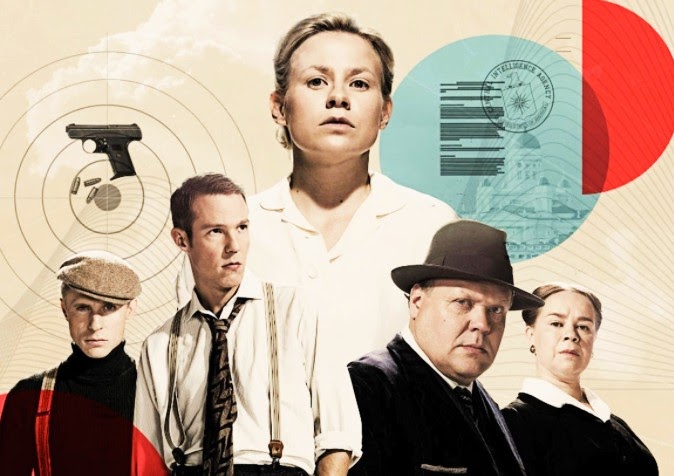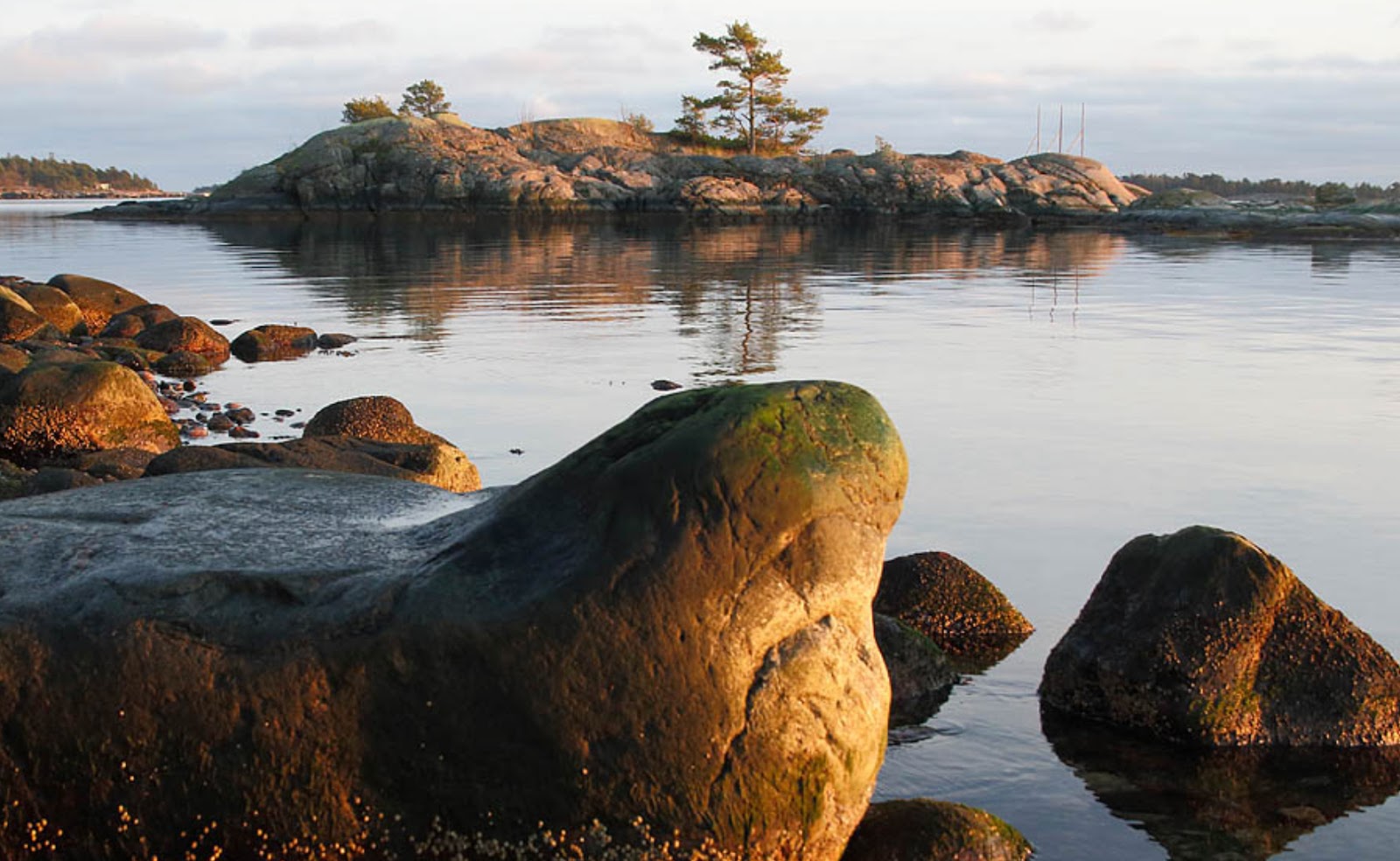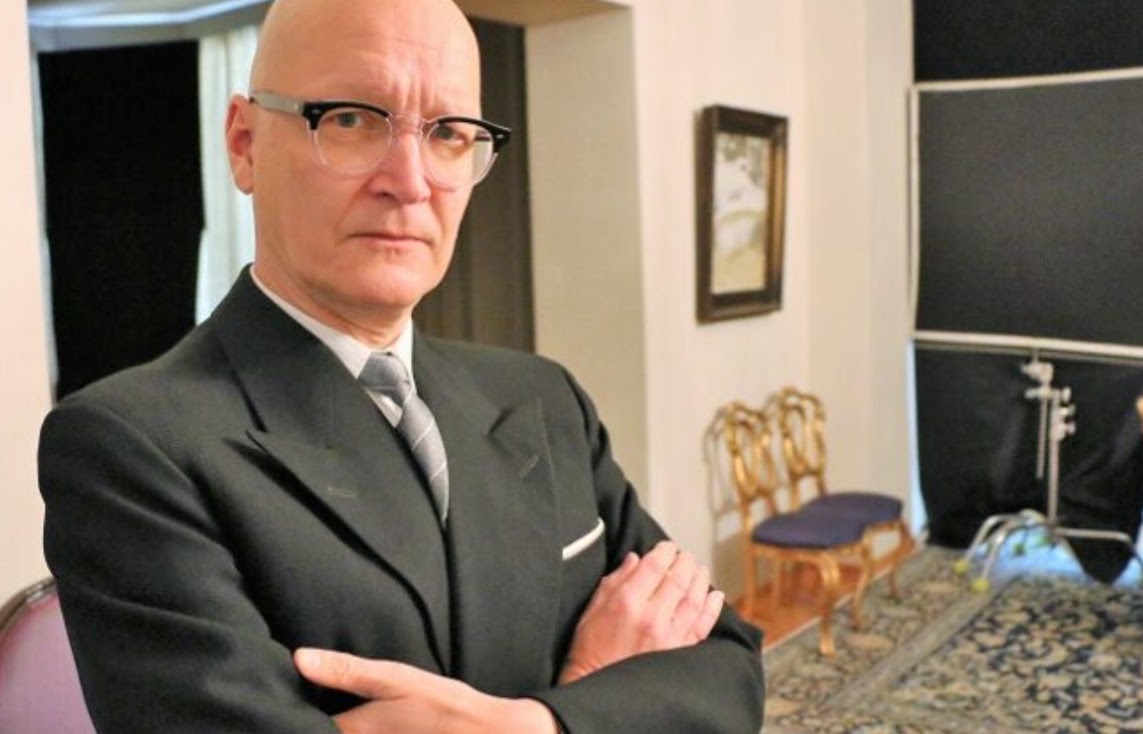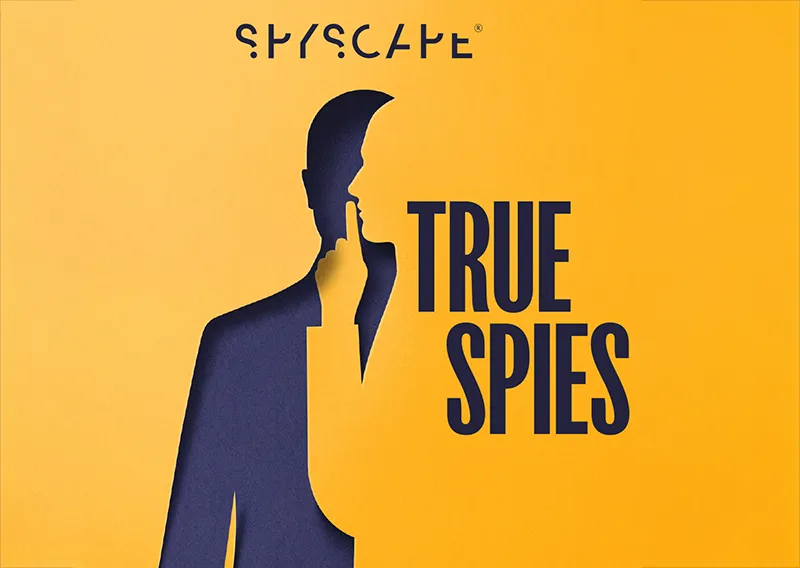Shadow Lines: 5 Incredible Tales About the KGB-CIA Battle in Finland
The hottest spot of the Cold War in the 1950s wasn’t D.C. or Moscow. It was Helsinki where the KGB and the CIA fought for control of Finland, a thrilling espionage battle that unfolds in Shadow Lines.
The Finnish, English, and Russian-language series revolves around Helena (Emmi Parviainen), a student who returns home from America where she is recruited by her Godfather to help stop the US and Russia meddling in the 1956 Finnish presidential election.
The tension really was boiling over between East and West in the run-up to the January 1956 ballot with Finland precariously positioned on the western side of the Iron Curtain. The country’s secret service was struggling to keep the homeland independent from their dominant USSR neighbor. Did they succeed?
SPYSCAPE looked into the stormy history of espionage in the land of saunas, reindeer, and the Finnish tango of KGB & CIA Cold War spies.
"The brand new social experience where you activate your gaming skills as you train like a spy."
- TimeOut
Take on thrilling, high-energy espionage challenges across different game zones.


1. The East-West tightrope
Shadow Lines portrays Finland as a country walking a tightrope between East and West, careful not to offend its Soviet neighbors while trying to maintain its independence. The back story doesn’t stray too far from history.
The northern nation shares a border with the Russian superpower and it has always been a difficult balancing act. Finland actually fought on both sides during World War II. The country initially waged a defensive war against the Soviet Union, acting with Nazi Germany to win back territories lost to the USSR, then caved in to pressure from the US. In March 1945, Finland formally declared war against Germany.

2. Fist, a secret reconnaissance force
Finnish intelligence agent Tabe Slioor (Jessica Grabowsky) is as glamorous as she is devious but is her portrayal realistic?
Shadow Lines follows ‘Fist’, a secret reconnaissance force controlled by the Finnish Security Intelligence Service Suojelupoliisi, known as Supo. The service exists in real life, established in 1948 under the Ministry of the Interior.
In 2009, Supo declassified its Cold War files from 1949-1959, revealing its intense monitoring of Soviet intelligence operations in Finland and the activities of the Communist Party of Finland. Supo files from the early 1960s were “lost” while being “re-arranged“, however, including the so-called X-reports believed to detail sensitive counterintelligence operations.

3. The Stasi link
Finland had Cold War ties to the East German Stasi secret police both in fiction and in reality.
Supo’s now-infamous Cold War Stasi list remains sealed. The list contains the names of 18 Finns named as contacts by East German intelligence and it has caused an uproar in Finland. Finnish diplomat Alpo Rusi (once suspected and later cleared of being a spy) claims the late former Prime Minister Kalevi Sorsa is one of the 18 names on the so-called Tiitinen list. Finland’s government denies the claim. The list is believed to be in Supo’s safe.

4. The spooky USSR naval base
Shadow Lines' Season One questions what will happen to Porkkala Naval Base and whether the Soviet Union should return it to Finland.
As WWII drew to a close, the USSR secured a 50-year lease on a Finnish naval base at Porkkala under the Moscow armistice agreement that ended the Continuation War between Finland and the Soviets. The lease gave Moscow a foothold 20 miles west of Helsinki, the Finnish capital. While under Soviet control, Finnish train passengers had to shutter their windows while passing. Photos were prohibited.
The USSR returned Porkkala to Finland earlier than expected in 1956, however, and it is now the main base used by the Finnish Navy.

5. Finland's massive General Strike
Season Two of Shadow Lines picks up the story five months later with the General Strike and President Urho Kekkonen's inauguration but what’s the real story?
In 1955, the cost of living in Finland rose 7 percent in two months and the Central Organization of Finnish Trade Unions demanded a wage increase. The 1956 presidential election coincided with the uprising and on March 1, 1956 - the day newly elected Finnish President Urho Kekkonen assumed office - 500,000 Finns joined the Great General Strike. The uprising ended after almost three weeks with an agreement of a nationwide wage increase of 6-10 percent.
President Kekkonen - who’d won the election by the slimmest of majorities - then remained in office for eight terms until 1982. His unusually long hold on power has led to much speculation since the end of the Cold War about his relations with the Soviet Union and, in particular, with the KGB and Soviet foreign intelligence.
SPYSCAPE+

Join now to get True Spies episodes early and ad-free every week, plus subscriber-only Debriefs and Q&As to bring you closer to your favorite spies and stories from the show. You’ll also get our exclusive series The Razumov Files and The Great James Bond Car Robbery!


Gadgets & Gifts
Explore a world of secrets together. Navigate through interactive exhibits and missions to discover your spy roles.
Your Spy Skills
We all have valuable spy skills - your mission is to discover yours. See if you have what it takes to be a secret agent, with our authentic spy skills evaluation* developed by a former Head of Training at British Intelligence. It's FREE so share & compare with friends now!
* Find more information about the scientific methods behind the evaluation here.


Stay Connected
Follow us for the latest
TIKTOK
INSTAGRAM
X
FACEBOOK
YOUTUBE